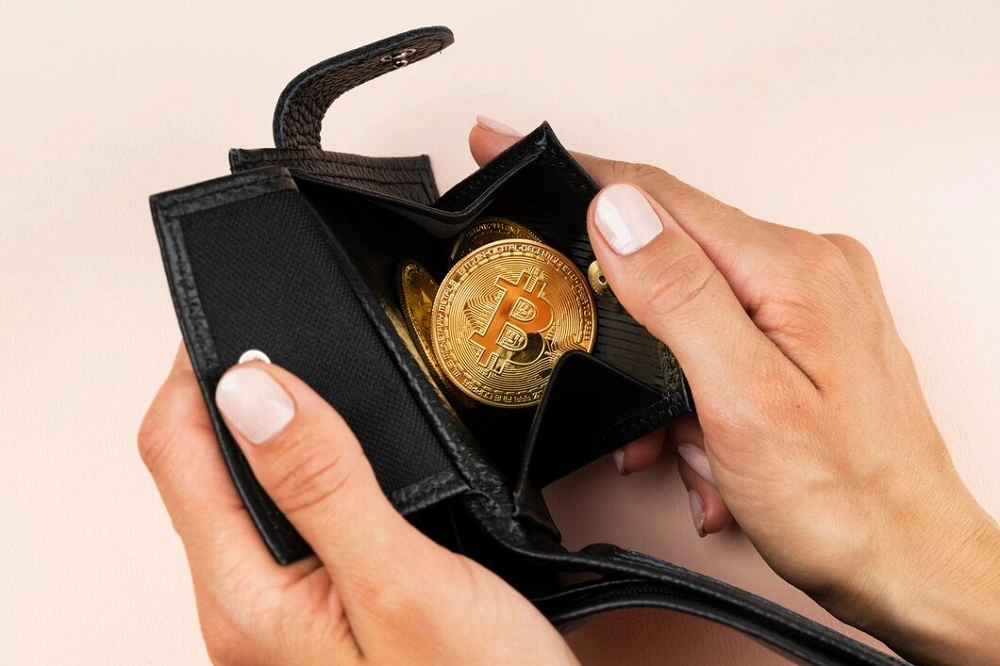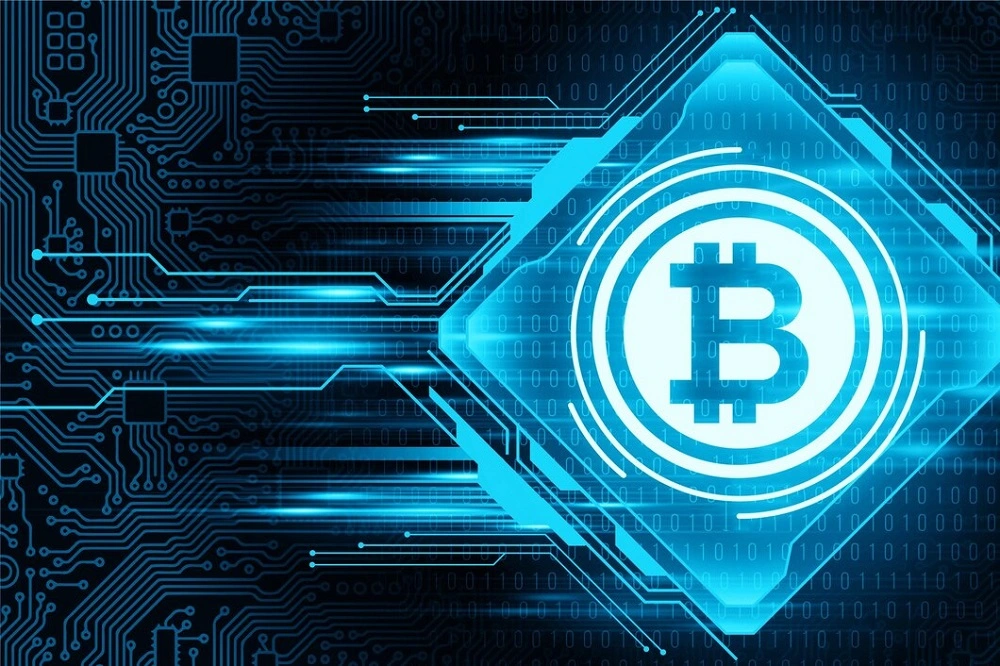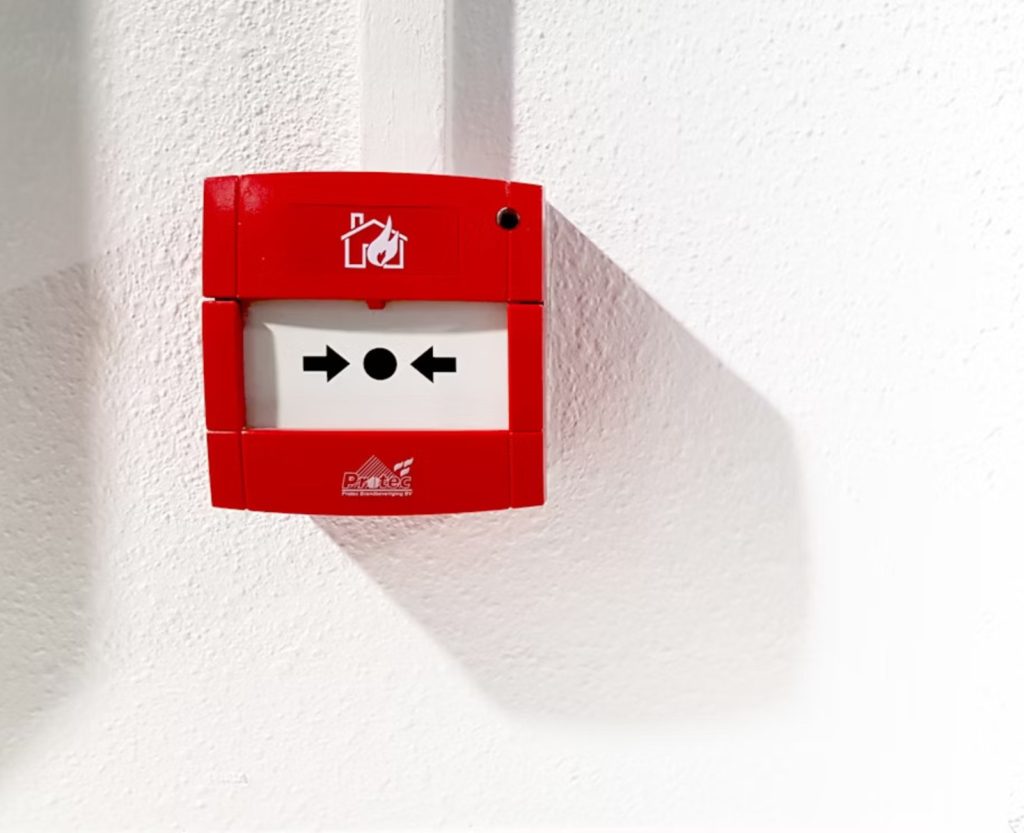By converting these assets into digital tokens, businesses unlock a revolution in asset management and trading. With the potential to reach $10 trillion in a bullish scenario and $3.5 trillion in a conservative outlook, tokenization offers unprecedented liquidity and faster, more cost-effective transactions.
Are you ready to join the asset tokenization revolution? This guide equips you with the knowledge to make informed decisions and unlock the full potential of this transformative technology for your business. We will show you how your business can leverage this transformation, exploring the underlying technologies, the potential benefits, and the strategic approaches to implementation.
General understanding of asset tokenization for businesses
What is asset tokenization?
Asset tokenization is transforming traditional asset management and investment strategies. At its core, asset tokenization refers to converting the rights to an asset into a digital token on a blockchain. These tokens represent ownership interests in the underlying asset, which could be shared in a company or tangible assets like real estate. By tokenizing assets, they are broken down into smaller, divisible units known as fractional ownership. This not only broadens the investor base by lowering the entry barriers but also enhances the liquidity of traditionally illiquid assets. The digitization of asset ownership through blockchain technology facilitates direct trading without intermediaries, increases market efficiency, and introduces unprecedented transparency and security to the trading process.
Types of asset tokenization?
Asset tokenization can primarily be classified into Fungible Tokens and Non-Fungible Tokens (NFTs).
Fungible Tokens are interchangeable and divisible. Each token within this category represents an equal part of the same asset type and has identical values and properties. For instance, one Bitcoin is equivalent to another, making them perfect for uses where uniformity is crucial, such as in digital currencies or company shares.
- Interchangeable: All units are identical in value and features, making them easily exchangeable.
- Divisible: These tokens can be split into smaller units, maintaining proportional value across divisions, which is ideal for assets where smaller investments are desirable.
Non-Fungible Tokens (NFTs), on the other hand, are unique and often indivisible. Each NFT represents something distinct and cannot be exchanged one-to-one with another NFT, even if they are the same type. This makes NFTs suitable for tokenizing assets where uniqueness is a key value, such as artwork, collectibles, or real estate properties.
- Non-Interchangeable: Every token is unique, representing specific characteristics and values.
- Indivisible: Typically, NFTs represent a whole asset and cannot be divided into smaller parts without losing value.
- Uniqueness: Each NFT has unique information and attributes, differentiating it from others.
This classification underlines the flexibility and breadth of asset tokenization, enabling businesses and individuals to leverage blockchain technology for various asset types and investment opportunities.

5 Common types of assets that can be tokenized
Tokenization assets expands the horizons of what can be owned and traded on the blockchain. While nearly any asset of value can be tokenized, certain types are more commonly converted into digital tokens due to their market demand and the ease with which they can be divided. Here are five common types of assets that are frequently tokenized:
- Real Estate: residential, commercial , and land.
- Artworks: paintings, sculptures, art collections, etc.
- Precious Metals: gold, silver, platinum, etc.
- Vehicles: personal cars, comercial vehicles, etc.
- Other Commodities: oil, natural gas, and agricultural products.
How does asset tokenization work on blockchain?
The process of tokenizing an asset on the blockchain involves several key steps, each designed to ensure the digital tokens’ security, legality, and functionality. Here’s a simplified breakdown using the example of real estate tokenization:
- Creation of Digital Tokens: The first step in the asset tokenization blockchain process is creating digital tokens representing shares in a legal entity owning the real estate. Each token corresponds to a fraction of the property’s value, providing entitlements like rental income or capital appreciation. This step is crucial in the process of digital asset tokenization, where the focus is on transforming physical assets into tradable digital formats.
- Smart Contract Implementation: Smart contracts automate these tokens’ issuance, tracking, and management. These are self-executing contracts with the terms directly written into code on the blockchain, ensuring transparency and trust in the transactions.
- Token Distribution and Sale: Tokens are sold to investors through various methods, such as private sales or public offerings. The fractionalization enabled by tokenization creates a larger and more liquid market for the asset.
- Asset Management and Governance: Token holders can participate in asset management, exercising control over aspects like maintenance and tenant relationships. Governance decisions are often facilitated by a decentralized autonomous organization (DAO) structure where token holders vote on major decisions.
- Secondary Market Trading: Once the tokens are distributed, they can be traded on secondary markets. This trading is where the liquidity benefits of tokenization become most apparent, giving token holders the flexibility to trade their stakes much like stocks.
Asset tokenization combines sophisticated financial structures with advanced blockchain technology, offering a compelling, modern asset management and investment approach.
The differences between asset tokenization and traditional investment
To truly engage with the revolutionary process of asset tokenization, businesses must comprehend the value of tokenizing tangible assets like real estate, art, and more. Alternatively, it’s crucial to understand why one should opt for tokenization over traditional investment methods. The table below illustrates the differences between asset tokenization and traditional investment. Following that, you will discover the benefits of asset tokenization compared to traditional investment.
| Feature | Traditional investments | Tokenization |
|---|---|---|
| Underlying Asset | Physical Assets (Stocks, Bonds, Real Estate, Art) | Digital Tokens representing ownership of physical assets |
| Ownership & Management | Centralized records, intermediaries involved | Blockchain-based ownership records potentially lower fees |
| Fractional Ownership | Limited or unavailable for some assets | Easier to divide assets into smaller ownership units |
| Liquidity | Varies depending on the asset | Potentially more liquid with 24/7 trading |
| Regulation | Established regulations | Evolving regulatory landscape |
Benefits of asset tokenization over traditional investments
Businesses should choose tokenization over traditional investment methods for several compelling reasons:
- Increased Accessibility: By fractionalizing assets, tokenization allows a wider range of investors to participate in ownership. This opens doors for those who might not have the capital to buy a whole stock, piece of real estate, or expensive artwork.
- Enhanced Liquidity: Tokens can potentially be traded on secondary markets 24/7, unlike traditional assets that have limited trading windows. This increased ease of buying and selling can make tokenized assets more liquid.
- Reduced Costs: By eliminating intermediaries and streamlining processes through blockchain technology, tokenization has the potential to reduce fees associated with traditional investment transactions.
- Improved Transparency & Security: Blockchain technology offers a secure and transparent way to record ownership. This can potentially reduce the risk of fraud and errors compared to traditional record-keeping methods.
- Programmable Features: Smart contracts, a type of self-executing code on a blockchain, can automate processes and add features to tokenized assets. This opens up possibilities for innovative investment structures and potentially more efficient management.

Real-world examples of businesses utilizing asset tokenization
Tokenization of assets is not just a theoretical concept. Still, it is being actively implemented by businesses around the globe, revolutionizing traditional financial systems and opening up new avenues for investment and asset management. This transformation is particularly evident in using tokenized real-world assets, where companies enhance liquidity and accessibility across various sectors like real estate and art. Here are some notable real-world examples of companies using asset tokenization to innovate and enhance their operations:
- Siemens’ Digital Bond on Polygon Blockchain: Siemens, the German industrial giant, has successfully issued its first digital bond on the Polygon blockchain. With a one-year maturity, this bond illustrates the efficiency and rapid execution possible with blockchain technology, although the investment proceeds were collected through traditional banking channels. This pioneering step by Siemens highlights how established companies explore blockchain for complex financial instruments.
- Hong Kong Government’s Tokenized Green Bond: The Hong Kong government issued a groundbreaking $100 million tokenized green bond using Goldman Sachs’ GS DAP protocol. This initiative, underwritten by four major banks and yielding 4.05%, utilized the Central Money Markets Unit for its issuance, showcasing how governments are also turning to tokenization to achieve more sustainable financing solutions.
- Swarm Markets’ DeFi-Compatible Stocks and Bonds on Polygon: Swarm Markets operates a platform that hosts tradable stocks and bonds on the Polygon blockchain, including high-profile assets like Apple and Tesla stocks and US Treasury bond ETFs. Retail and institutional investors can engage with traditional financial assets in a decentralized finance (DeFi) context with no minimum investment requirement. Although unavailable to U.S. investors, the platform aims to broaden its offerings, blending traditional finance with innovative blockchain solutions.
These examples highlight the versatility and increasing adoption of asset tokenization across different sectors, including government and private initiatives. By adopting this technology, particularly through real world asset tokenization, these entities have been improving their operational efficiency and have been fostering a more inclusive and flexible financial ecosystem.
Asset tokenization challenges & considerations for businesses
The challenges
While asset tokenization offers exciting possibilities, it’s important to be aware of the asset tokenization challenges businesses need to navigate:
- Regulatory Uncertainty: Currently, regulations surrounding asset tokenization are evolving rapidly. Businesses need to stay informed about potential regulatory frameworks and how they might impact their specific use case. Uncertain regulations can create hurdles in terms of compliance and market adoption.
- Security Risks: As with any digital asset, asset backed tokens are susceptible to cyberattacks. Businesses must prioritize robust security measures to protect the underlying asset and investor funds. This includes implementing secure storage solutions for tokens and smart contracts that are thoroughly audited for vulnerabilities.
- Technological Infrastructure: The widespread adoption of asset tokenization hinges on the development of a robust and scalable blockchain infrastructure. Currently, limitations in scalability and transaction processing speeds on some blockchains can hinder large-scale implementation. Businesses need to carefully consider the existing infrastructure and choose a platform that aligns with their needs.
- Integration with Existing Systems: Integrating asset backed tokens with existing business systems can be a challenge. with existing business systems can be a challenge. Businesses need to invest in developing or adopting solutions that allow for seamless interaction between traditional financial systems and the blockchain-based tokenized environment.
Beyond the current challenges, the future potential of asset tokenization remains vast. Learn more about the future of asset tokenization.
What to consider? – The potential regulatory frameworks of asset tokenization
As asset tokenization gains momentum, regulatory frameworks are evolving to address this innovative technology’s unique challenges and opportunities. While these frameworks are still under development, it’s essential for businesses to consider the potential regulatory implications within an asset tokenization framework as follows.
- Classification of Tokenized Assets: Regulators might classify tokenized assets based on the underlying asset and its function (e.g., security, utility token). This classification will determine the applicable regulations.
- Know Your Customer (KYC) and Anti-Money Laundering (AML) Compliance: Existing KYC/AML regulations might be extended to cover tokenized assets to prevent fraud and money laundering. Businesses will need to implement robust KYC/AML procedures for token issuance and trading.
- Investor Protection: Regulations might be introduced to protect investors from potential risks associated with tokenized assets. This could involve disclosure requirements for businesses issuing tokens.
How potential regulatory frameworks might impact businesses
Positive impacts
- Increased Clarity and Certainty: Clear regulatory frameworks can provide businesses with certainty regarding compliance requirements, reducing uncertainty and facilitating industry growth.
- Enhanced Investor Confidence: Robust regulations can enhance investor confidence in tokenized assets, attracting more capital to the market and driving further adoption.
- Standardized Practices: Regulatory frameworks can promote standardized practices across the industry, fostering interoperability and efficiency.
Negative impacts
- Compliance Costs: Businesses may incur additional costs to comply with regulatory requirements, including implementing KYC/AML procedures and ensuring compliance with disclosure requirements.
- Market Fragmentation: Divergent regulatory approaches across jurisdictions could lead to market fragmentation, hindering liquidity and market efficiency.
- Innovation Stifling: More manageable regulations could stifle innovation in the asset tokenization space, deterring businesses from exploring new opportunities and solutions.
The impact of potential regulatory frameworks will depend on the specific details and how they are implemented. Businesses must stay informed about regulatory developments and actively engage with policymakers to advocate for regulations promoting innovation while protecting investors.
Synodus asset tokenization solutions
Synodus stands out as a premier blockchain partner, guiding you through every step of your asset tokenization journey. Our team of over 300 experts customizes tech solutions to fit your needs, ensuring your projects are innovative and cost-effective. With a track record of more than 30 successful digital transformations, we’re here to help you navigate the complexities of technology and make your project successful.
Asset tokenization free consulting
Get started with a free consultation from our Synodus experts. We’ll discuss your project goals and recommend the optimal feature set, architecture design, and tech stack for your tokenized asset solution. Security, compliance, and cost optimization are all part of the conversation. You’ll also receive a documented tokenomics model and a roadmap to guide your implementation.
Implementing asset tokenization
Our team swiftly develops your tokenized asset solution, implementing rigorous quality assurance procedures. We seamlessly integrate the software with your existing systems and provide ongoing support. User training materials and asset token management training are also available.
As a leader in blockchain innovation, we are equipped to help you take advantage of the opportunities in the asset tokenization market. Book a free consultation with our experts today and take the first step to transforming your property.
Final thoughts
In short, asset tokenization has the potential to change the global financial landscape. Linking traditional financial sectors with the expanding crypto economy promises a more inclusive, efficient, and transparent market. As more and more industries recognize and adopt this technology, we can expect innovative applications that extend beyond real estate to intellectual property. If properly implemented and broadly adopted, tokenization can revolutionize financial systems worldwide, opening up new investment and economic opportunities.
How useful was this post?
Click on a star to rate it!
Average rating / 5. Vote count:
No votes so far! Be the first to rate this post.




